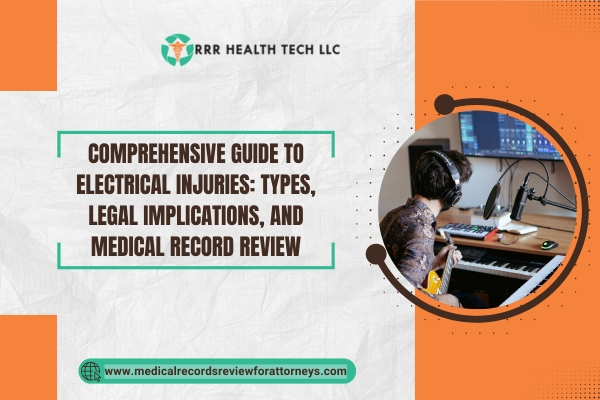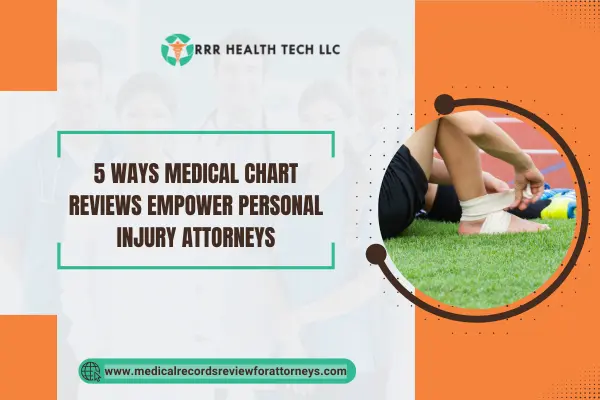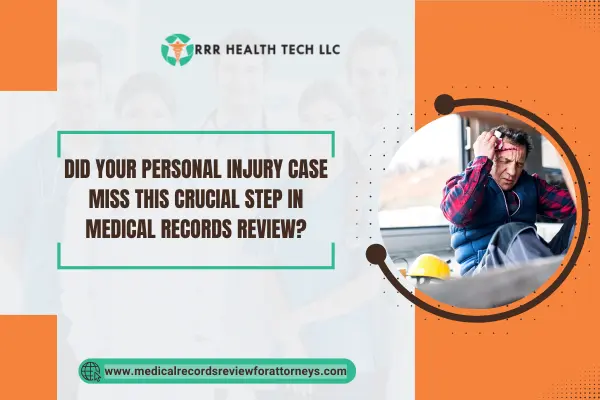
Introduction
Electrical wounds pose a serious risk for workplaces and homes alike. For lawyers dealing with electricians or electrical injuries in personal injury lawsuits, it is essential to comprehend the various types of electrical injuries and their implications. This article discusses the four essential types of electrical injuries and how medical record review impacts the legal processes and how the lawyers can approach them.
The Four Main Types of Electrical Injuries
1. Electrical Shock
Electricity can be shocking, literally. The strongest electric shock comes from the body being electrocuted. As with all types of shock, there are major factors that alter the impact one feels, voltage level being one of them, and how long the person was exposed to the shock.
Key Points:
•Low Voltage Shock – These shocks are usually 1000 volts apart. When taken, it results in minor wounds.
• Whatever is 1,000 volts or above High Voltage Shock is categorized under severe damage or even death.
2. Burns
When electric current passes through human tissues, it causes Electric Burns which vary from Thermal to Radiofrequency as a result of the amount of heat.
Key Points:
• Thermal Brokerages: Advanced Electric devices like grills and induction heaters can cause some advanced burns.
• Arc Burns: Burns caused by an electric arc, which can happen even without any physical contact.
3. Electrocution
Electrocution is defined as death occurring because of an electric shock. It is usually the outcome of high voltages and may result in injury or death.
Note:
• Deaths: Electrocution is perhaps the most common cause of workplace deaths, especially in construction and industrial sectors.
• Survivors: They tend to suffer major health issues caused by various forms of sustained long term stress especially from the nervous system.
4. Electrical Injuries with Secondary Effects
The individual suffers an electric shock and as a result sustains secondary injuries like falling down. The primary electrical injury causes some degree of loss of control which can be energetically damaging.
Note:
• Loss of Peripheral Vision: This kind of injury is highly underestimated and overgeneralized.
• Legal Claims: In claim applications, attorneys need to remember these forms of injury along with primary injury while making a request for payment.
The Role of Medical Record Review in Electrical Injury Cases
Importance of Medical Records
In medical cases, these records are crucial in establishing the scope of injury sustained and therefore treatments that will have to be offered. For lawyers seeking justice, these records give critical information into history, what type of injurious and treatment was done, to the patient.
How Medical Record Review Services Assist Attorneys
- Comprehensive Analysis: Review services for medical records are conducted to retrieving pertinent information from patient records that strengthen the case.
- Expert Testimony: Medical record review services can give the client an expert’s opinion on the medical aspects of the claim that will assist them during trial.
- Streamlined Process: Attorneys turn over the examination of the records to medical professionals so that they can concentrate on crafting their arguments and not the complexities of medicine.
Current Statistics and Trends in Electrical Injuries (2024)
According to the National Institute for Occupational Safety and Health (NIOSH), electrical injuries account for approximately 1,000 fatalities annually in the United States. The following trends have been observed in 2024:
• Increased Awareness: Due to some improvement in the safety measures of the establishments, electrical injuries have drastically gone down by 15% as compared to previous years.
• Legal Claims: Studies indicate that there is an increase of 20% in the claims associated with electrical injury, showing the importance of complete medical record reviews.
Case Studies
Case Study 1: Workplace Electrical Shock
Overview: An electrical shock was experienced by a construction worker when he was using a faulty power tool at work.
Challenges: The affected worker went through an extensive recovery period due to multiple medical complications along with the loss of income.
Solutions: A review of the medical records showed an employer history of safety neglect which amplified the compensation aspect in the case.
Compensation: The employee settled for a certain amount towards rehabilitation, unpaid wages, medical treatment, and additional suffering fees.
Case Study 2: Residential Electrical Burn
Summary: A landlord received painful burns from an electrical socket malfunction.
Challenges: The landlord dealt with continual treatments and electric rehabilitation zapping his finances in an unprecedented way.
Solutions: An in depth analysis and extracting of medical history crime records exposed the crime against the suspect where the electrician was liable for the faulty installation of the outlet which assisted the case tremendously.
Compensation: The landlord received payment towards their medical treatment, rehab, and the self-inflicted suffering endured post treatment.
Conclusion
The different varieties of electric shocks and their consequences must be mastered for representation of the defendants of the victims. They can then utilize the medical record review services conveniently when retrieving information that enables them build novel cases that ensure victims get fair settlements. It is evident that electric shocks encompassing injuries do happen in all settings, so it is important to know the new trends and laws regarding the representation of the victims.


